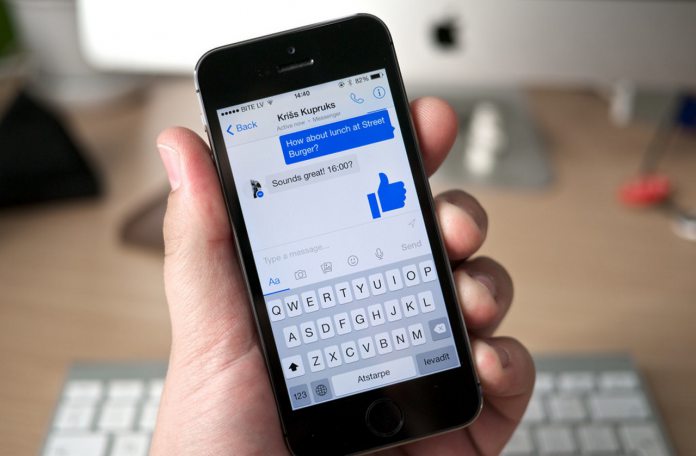Back in November, version 2.2 of Facebook Messenger used a plugin to bring deeper connections for businesses connecting with customers. This customer chat facility give companies tools to speak with clients through Messenger or their own site. It was further proof of Facebook’s desire to target enterprise customers. This area has mostly been claimed by Slack and Microsoft Teams, but Messenger wants to muscle in on the market. New features announced this week further enhance how businesses and clients connect. The web chat tool now allows businesses to customize a greeting text and to choose a Messenger color for their website. The changes will come through version 2.3 of the app. Other new additions include notifications, a persistent menu, and a new configuration tool. These features allow organizations to speak with clients directly through the plugin. Interestingly, the customization tool also supports Microsoft’s aging Internet Explorer. Below is the changelog:
Easy setup tool: To help simplify customization, we created a tool to walk businesses and developers through the available customizations, including generating the snippet of code to place on their website in minutes. Notifications: Once a person starts a chat with your business, they will be notified when your business responds by badging the Messenger icon with a red dot, as well as triggering a notification sound and page title change. Persistent menu: Businesses can now incorporate the persistent menu from their existing Messenger experience into customer chat so that people can access it at any point during their conversation. Support for Internet Explorer: This will ensure greater overall stability and performance for your customers visiting your website using the Internet Explorer web browser.
Facebook Targeting Enterprise
Facebook has all but conquered the consumer side of the market and is now pushing towards enterprise. Workplace Chat was launched on Windows last October, giving organizations a Messenger service on their workstations. Users can create a separate account but keeping the same interface. As a result, most users will already be familiar, and organizations don’t have to employ as much training.




